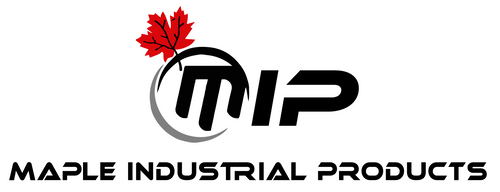The most important aspect in the welding of all cast irons is to have the surface clean and free of defects prior to welding.
New Castings:
All sand, slag, and scale must be removed from the area of the casting to be welded by mechanical means such as grinding, machining, chipping, or rotary burrs. Physical defects such as blowholes, sand inclusions, soft spots, shrinkage cracks, and pinholes need to be removed. Quite often a pinhole will open to expose a large cavity hidden underneath. Cracks should be ground out to their full length and depth, with no part of the crack remaining. If not done correctly, the crack could propagate after welding causing failure in the casting.
Used Castings:
All contaminants that have impregnated the casting while in service must be removed to prevent porosity during the welding process. This can again be done by mechanical means such as grinding, machining, chipping, or rotary burrs. Cracks should be ground out to their full length and depth, with no part of the crack remaining. If not done correctly, the crack could propagate after welding causing failure in the casting.

General Cast Iron Welding Procedure- New and Used Castings
in MapleWeld





